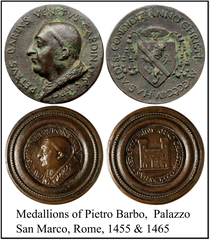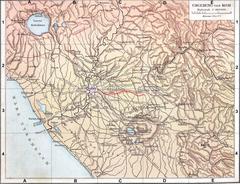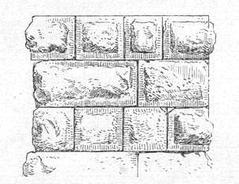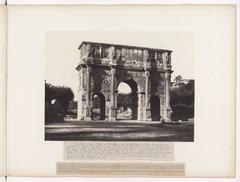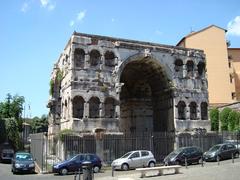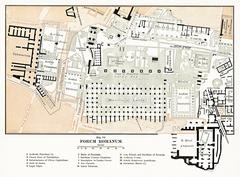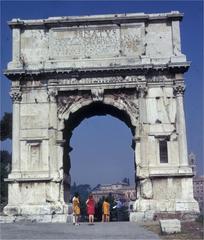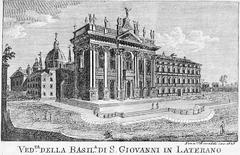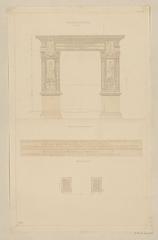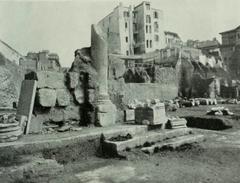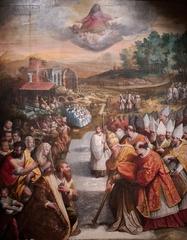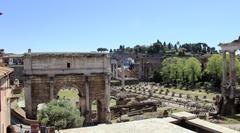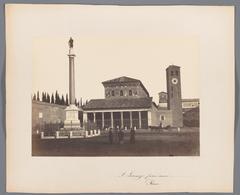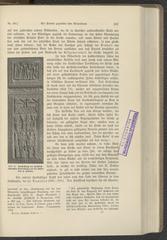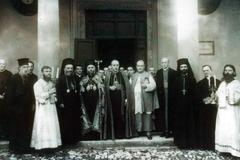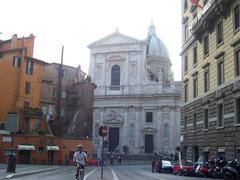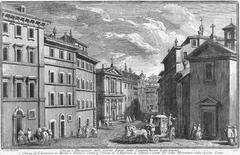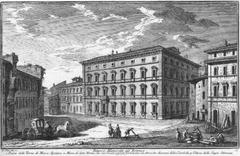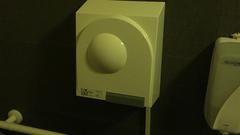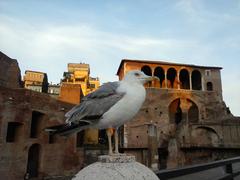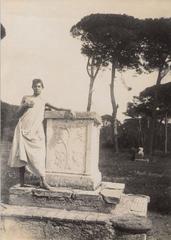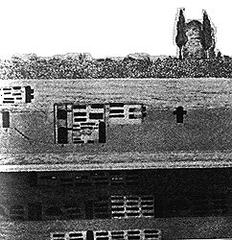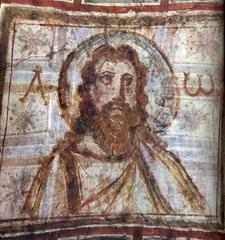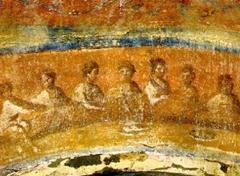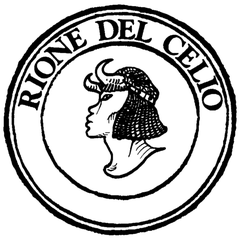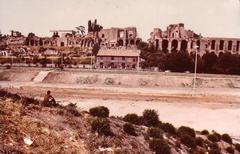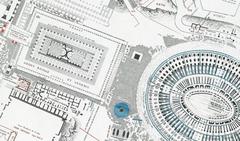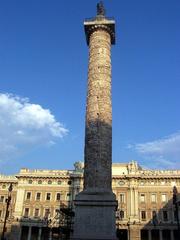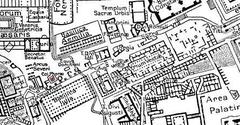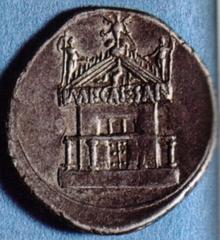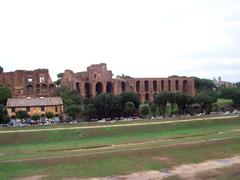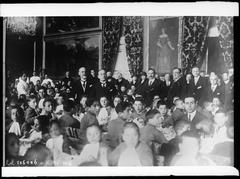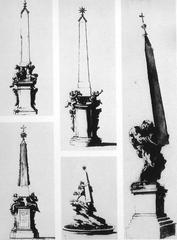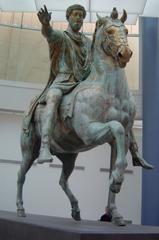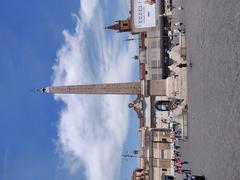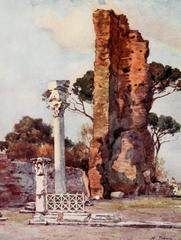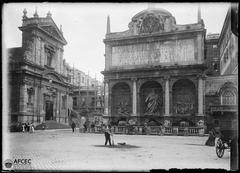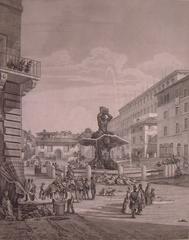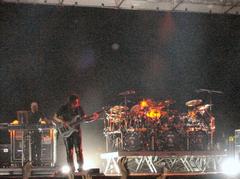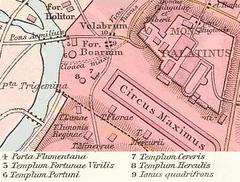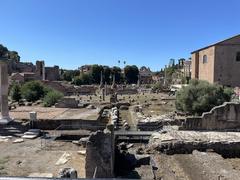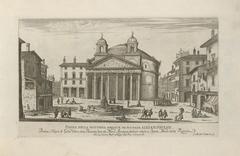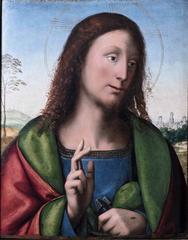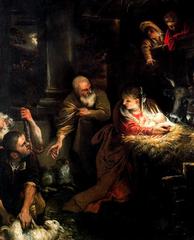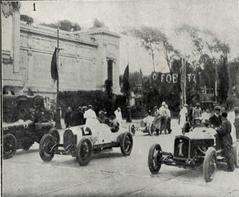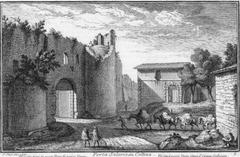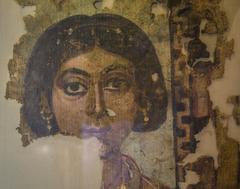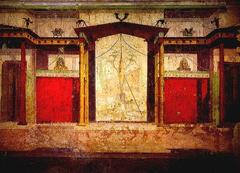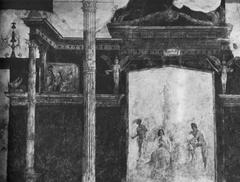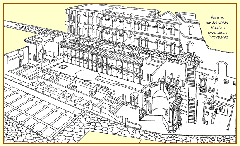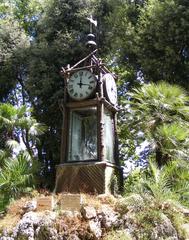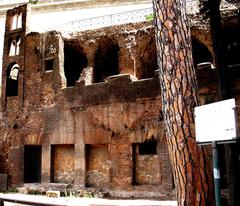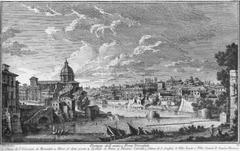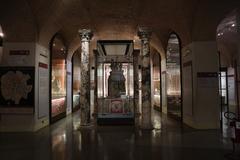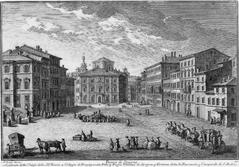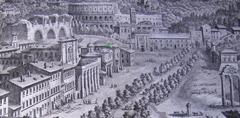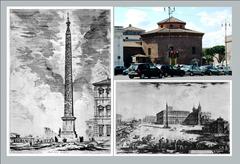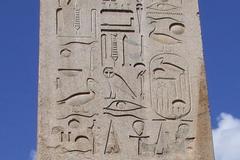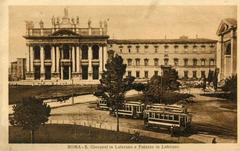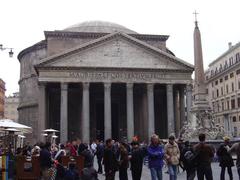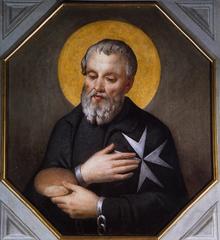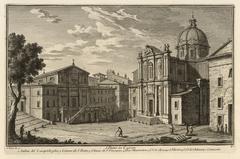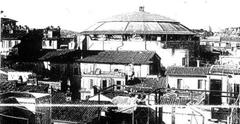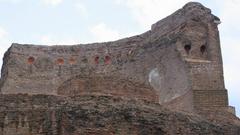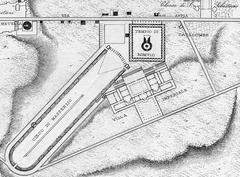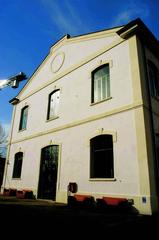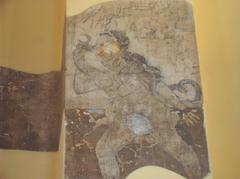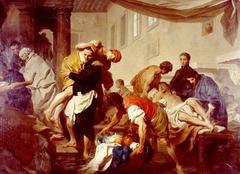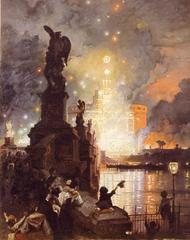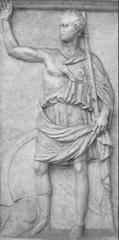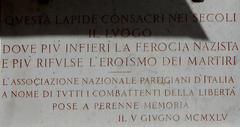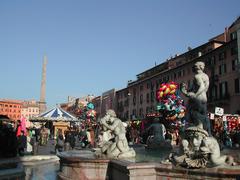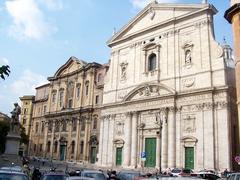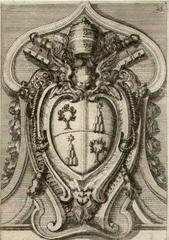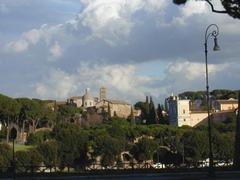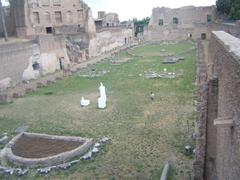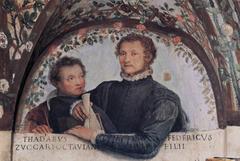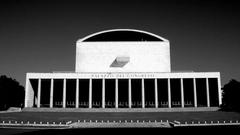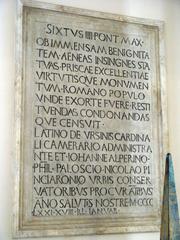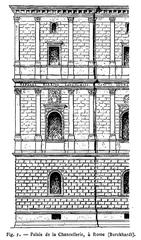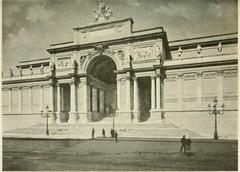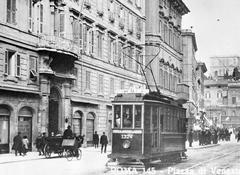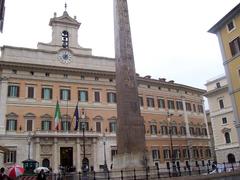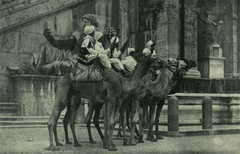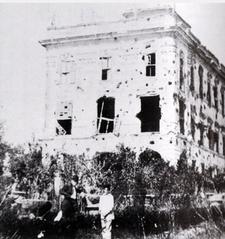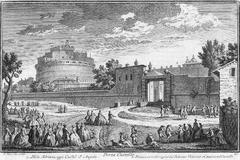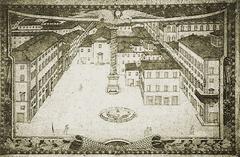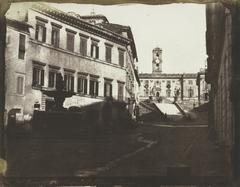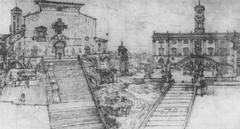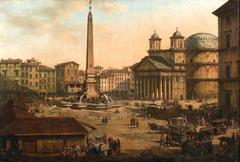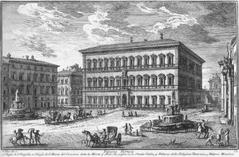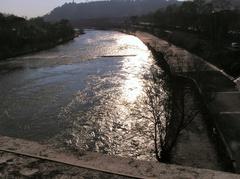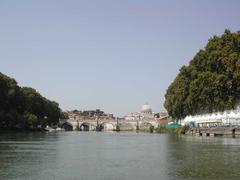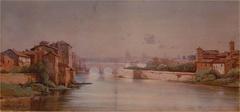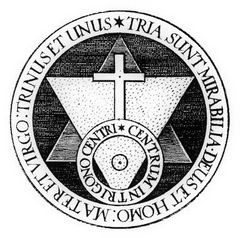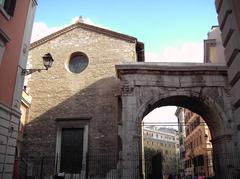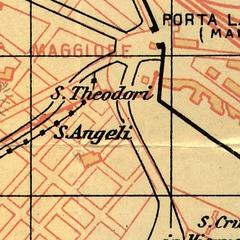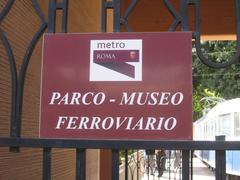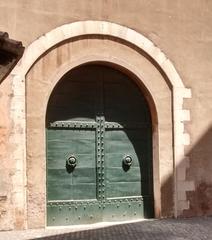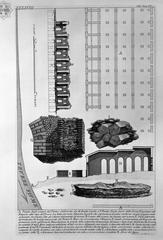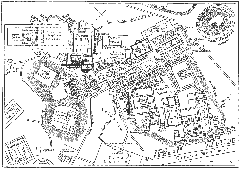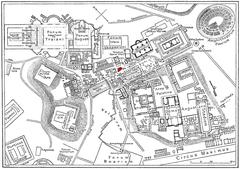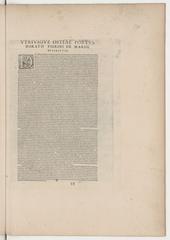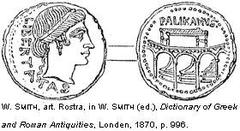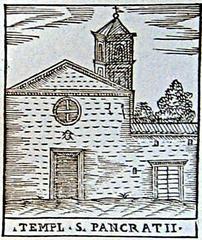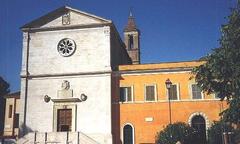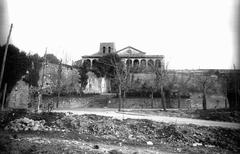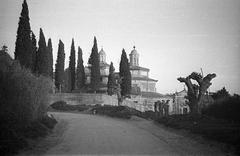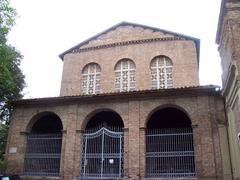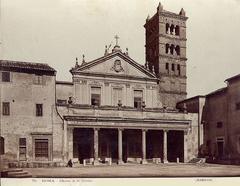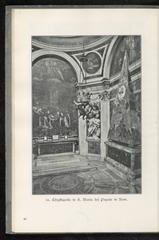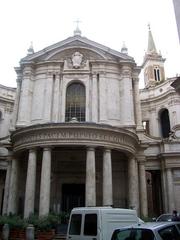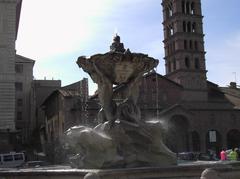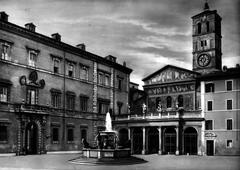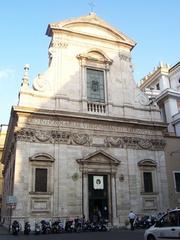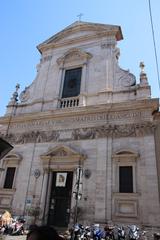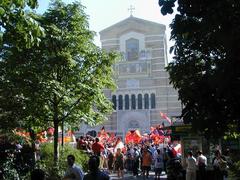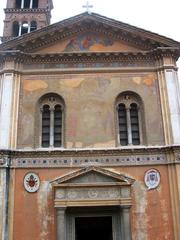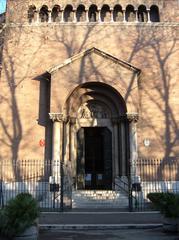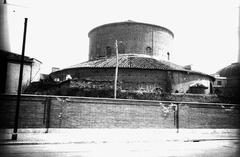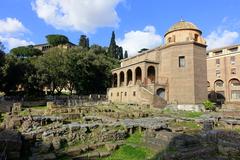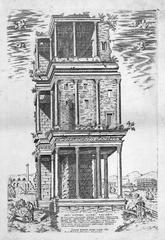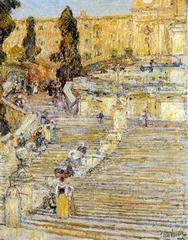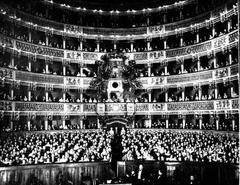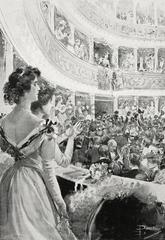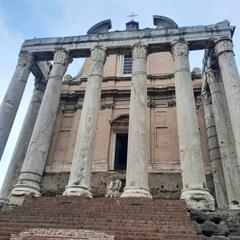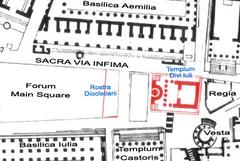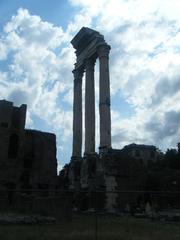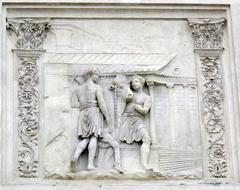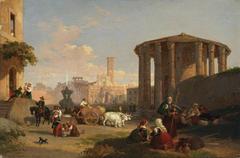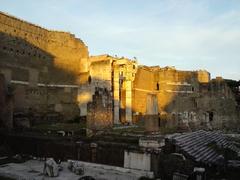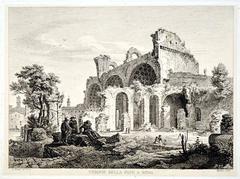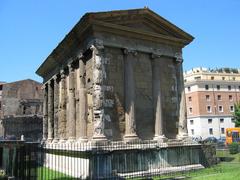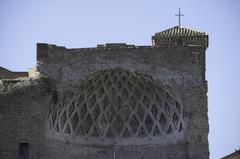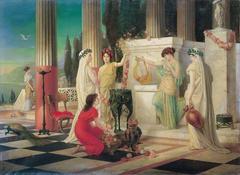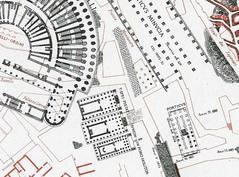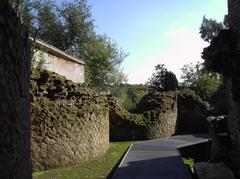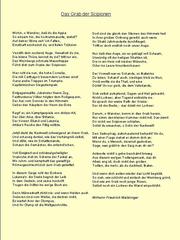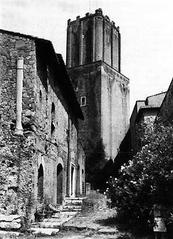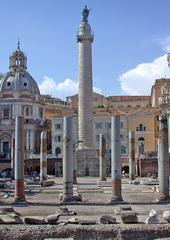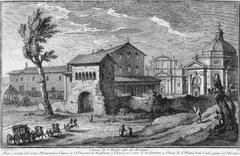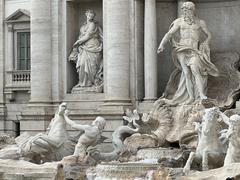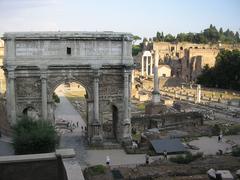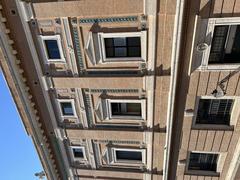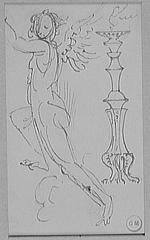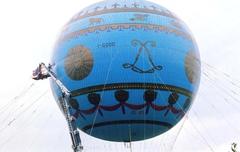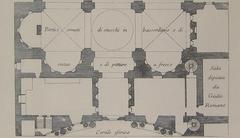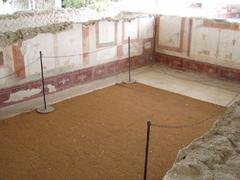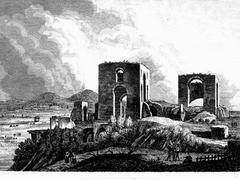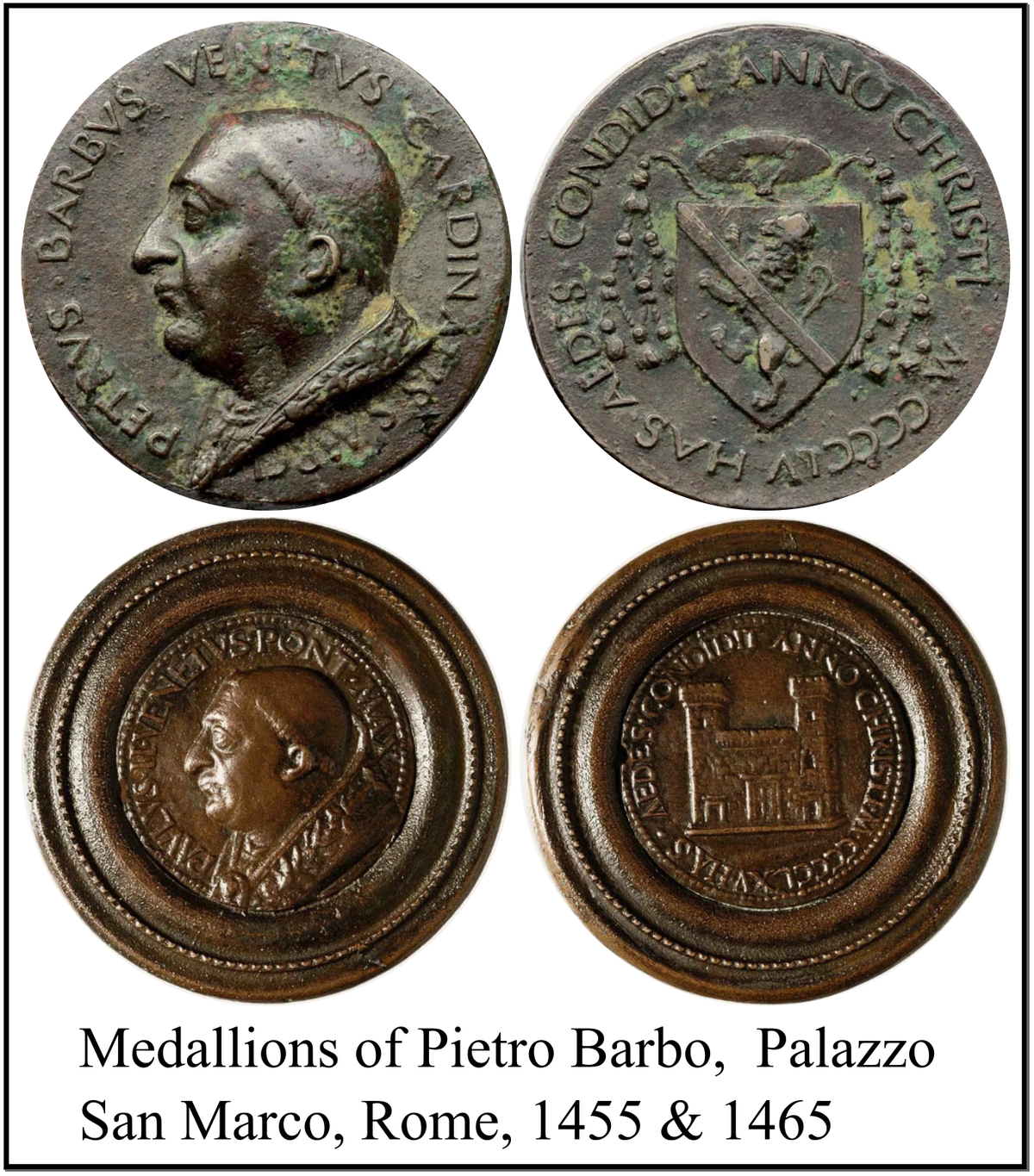
Visiting Palazzo Venezia: Hours, Tickets, and Historical Insights
Date: 19/07/2024
Introduction
Palazzo Venezia, nestled in the vibrant heart of Rome, Italy, stands as a testament to the city’s illustrious past and architectural grandeur. This historic edifice, commissioned in the mid-15th century by Cardinal Pietro Barbo, who later ascended to the papacy as Pope Paul II, is a masterpiece that seamlessly merges medieval and Renaissance architectural elements. Designed by architect Francesco del Borgo, it marks one of Rome’s earliest Renaissance structures (Rome Art Lover). Over the centuries, Palazzo Venezia has undergone numerous transformations, serving various pivotal roles—from a papal residence and a Venetian embassy to the infamous headquarters of Benito Mussolini during the Fascist regime. Today, it functions as a national museum, housing an extensive collection of medieval and Renaissance art and artifacts, making it a beacon of cultural and historical significance (Museo Nazionale di Palazzo Venezia). This guide aims to provide a comprehensive overview of Palazzo Venezia’s rich history, architectural marvels, and practical visitor information, ensuring an enriching experience for all who venture to explore its storied halls.
Table of Contents
- Introduction
- Origins and Early Construction
- Papal Residence
- Venetian Embassy
- Napoleonic Era and Austrian Control
- Italian Unification and National Museum
- Mussolini’s Headquarters
- Post-War Period and Restoration
- Architectural Features
- Cultural Significance
- Visitor Information
- FAQ Section
- Conclusion
Origins and Early Construction
Palazzo Venezia was initially constructed in the mid-15th century, commissioned by Cardinal Pietro Barbo, who later became Pope Paul II. The construction began in 1455 and was completed in 1464. The building was designed by the architect Francesco del Borgo, who incorporated elements of both medieval and Renaissance architecture, making it one of the earliest examples of Renaissance architecture in Rome (Rome Art Lover).
Papal Residence
Upon his election as Pope Paul II in 1464, Cardinal Barbo transformed Palazzo Venezia into a papal residence. The palace served as the papal seat until the construction of the Apostolic Palace in Vatican City. During this period, Palazzo Venezia was not only a residence but also a center for political and religious activities. The Pope used the palace to host foreign dignitaries and conduct important ecclesiastical meetings (Encyclopedia Britannica).
Venetian Embassy
In 1564, the palace was ceded to the Republic of Venice, becoming the Venetian embassy in Rome. This transition marked a significant shift in the building’s function and importance. As an embassy, Palazzo Venezia became a hub for diplomatic activities between the Republic of Venice and the Papal States. The Venetian ambassadors resided in the palace and used it to host lavish events and negotiations. This period lasted until the fall of the Venetian Republic in 1797 (Rome.net).
Napoleonic Era and Austrian Control
Following the fall of the Venetian Republic, Palazzo Venezia underwent another transformation. During the Napoleonic Wars, the palace was occupied by French troops. After the defeat of Napoleon, the Congress of Vienna in 1815 awarded the building to the Austrian Empire. The Austrians used Palazzo Venezia as their embassy in Rome, continuing its legacy as a diplomatic center. This period of Austrian control lasted until the unification of Italy in 1870 (ItalyGuides.it).
Italian Unification and National Museum
With the unification of Italy, Palazzo Venezia became state property. In 1916, the Italian government decided to transform the palace into a national museum. The Museo Nazionale di Palazzo Venezia was officially opened in 1921, showcasing a vast collection of medieval and Renaissance art, including sculptures, paintings, and decorative arts. The museum also features artifacts from the palace’s history, providing visitors with a comprehensive understanding of its significance (Museo Nazionale di Palazzo Venezia).
Mussolini’s Headquarters
One of the most notable periods in the history of Palazzo Venezia was during the Fascist regime of Benito Mussolini. In 1929, Mussolini chose the palace as his headquarters, using it as the seat of the Fascist government. The Sala del Mappamondo, a grand hall within the palace, became Mussolini’s office. From the balcony of Palazzo Venezia, Mussolini delivered many of his infamous speeches to the crowds gathered in Piazza Venezia below. This association with Mussolini has left a lasting impact on the palace’s historical narrative (History.com).
Post-War Period and Restoration
After World War II and the fall of the Fascist regime, Palazzo Venezia underwent significant restoration efforts to repair the damage caused by the war and to preserve its historical and architectural integrity. The restoration work aimed to return the palace to its former glory, focusing on both the exterior and interior elements. Today, Palazzo Venezia stands as a testament to Rome’s rich history, attracting visitors from around the world who come to explore its art collections and historical significance (Rome Tourism).
Architectural Features
Palazzo Venezia is renowned for its architectural features, which reflect the transition from medieval to Renaissance styles. The building’s façade is characterized by its massive, fortress-like appearance, with a central tower and crenellated walls. The courtyard, known as the Cortile del Palazzo, is a masterpiece of Renaissance architecture, featuring elegant arcades and a harmonious layout. Inside, the palace boasts grand halls, frescoed ceilings, and intricate woodwork, showcasing the artistic achievements of the period (Great Buildings).
Cultural Significance
Throughout its history, Palazzo Venezia has played a crucial role in the cultural and political life of Rome. From its origins as a papal residence to its use as a diplomatic center and later as Mussolini’s headquarters, the palace has been at the heart of many significant events. Today, it continues to serve as a cultural landmark, housing important art collections and hosting exhibitions and events that celebrate Italy’s rich heritage (Cultural Italy).
Visitor Information
Opening Hours
Palazzo Venezia is open from Tuesday to Sunday, 8:30 AM to 7:30 PM. It is closed on Mondays, Christmas Day, and New Year’s Day.
Ticket Prices
General admission tickets cost €10, while reduced tickets for EU citizens aged 18-25 are available for €2. Admission is free for children under 18 and seniors over 65. For the latest ticket prices, please visit the Palazzo Venezia Official Website.
Guided Tours
Guided tours are available for those who wish to gain deeper insights into the palace’s history and significance. These tours can be booked in advance through the official website.
Accessibility
Palazzo Venezia is accessible to visitors with disabilities. The museum provides facilities to ensure a comfortable visit for everyone.
Nearby Attractions
While visiting Palazzo Venezia, consider exploring nearby historical sites such as the Roman Forum, the Colosseum, and Capitoline Hill. These attractions are within walking distance and offer further insights into Rome’s rich history.
Special Events and Photographic Spots
Palazzo Venezia hosts a variety of special events throughout the year, including art exhibitions, cultural performances, and educational workshops. The palace’s stunning architecture and historical ambiance also make it a popular spot for photography enthusiasts.
FAQ Section
-
What are the opening hours of Palazzo Venezia? Palazzo Venezia is open from Tuesday to Sunday, 8:30 AM to 7:30 PM. It is closed on Mondays, Christmas Day, and New Year’s Day.
-
How much are the tickets for Palazzo Venezia? General admission tickets cost €10, while reduced tickets for EU citizens aged 18-25 are available for €2. Admission is free for children under 18 and seniors over 65.
-
Is Palazzo Venezia accessible to visitors with disabilities? Yes, Palazzo Venezia is accessible and provides facilities for visitors with disabilities.
-
Are guided tours available at Palazzo Venezia? Yes, guided tours are available and can be booked through the official website.
Conclusion
Palazzo Venezia stands as a testament to Rome’s rich historical and cultural heritage. Its architectural grandeur, historical significance, and cultural contributions make it a must-visit destination for anyone interested in the Renaissance, Italian history, and art. Through ongoing preservation efforts and educational initiatives, Palazzo Venezia continues to be a vital part of Rome’s cultural landscape, offering visitors a unique and enriching experience.
Plan your visit to this iconic landmark and immerse yourself in the rich tapestry of history that Palazzo Venezia so eloquently embodies.
References
- Rome Art Lover. (n.d.). http://www.romeartlover.it/Vasi03.html
- Encyclopedia Britannica. (n.d.). https://www.britannica.com/place/Palazzo-Venezia
- Rome.net. (n.d.). https://www.rome.net/palazzo-venezia
- ItalyGuides.it. (n.d.). https://www.italyguides.it/en/lazio/rome/palazzo-venezia
- History.com. (n.d.). https://www.history.com/topics/world-war-ii/benito-mussolini
- Rome Tourism. (n.d.). https://www.turismoroma.it/en/places/palazzo-venezia
- Great Buildings. (n.d.). https://www.greatbuildings.com/buildings/Palazzo_Venezia.html
- Cultural Italy. (n.d.). https://www.culturalitaly.com/attractions/palazzo-venezia
- Museo Nazionale di Palazzo Venezia. (n.d.). http://museopalazzovenezia.beniculturali.it/
